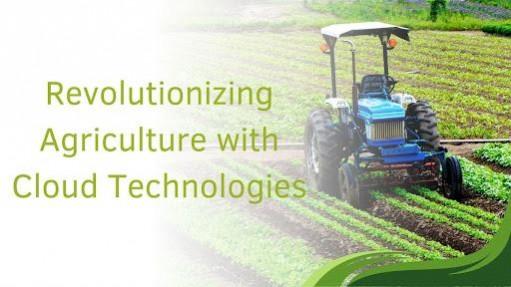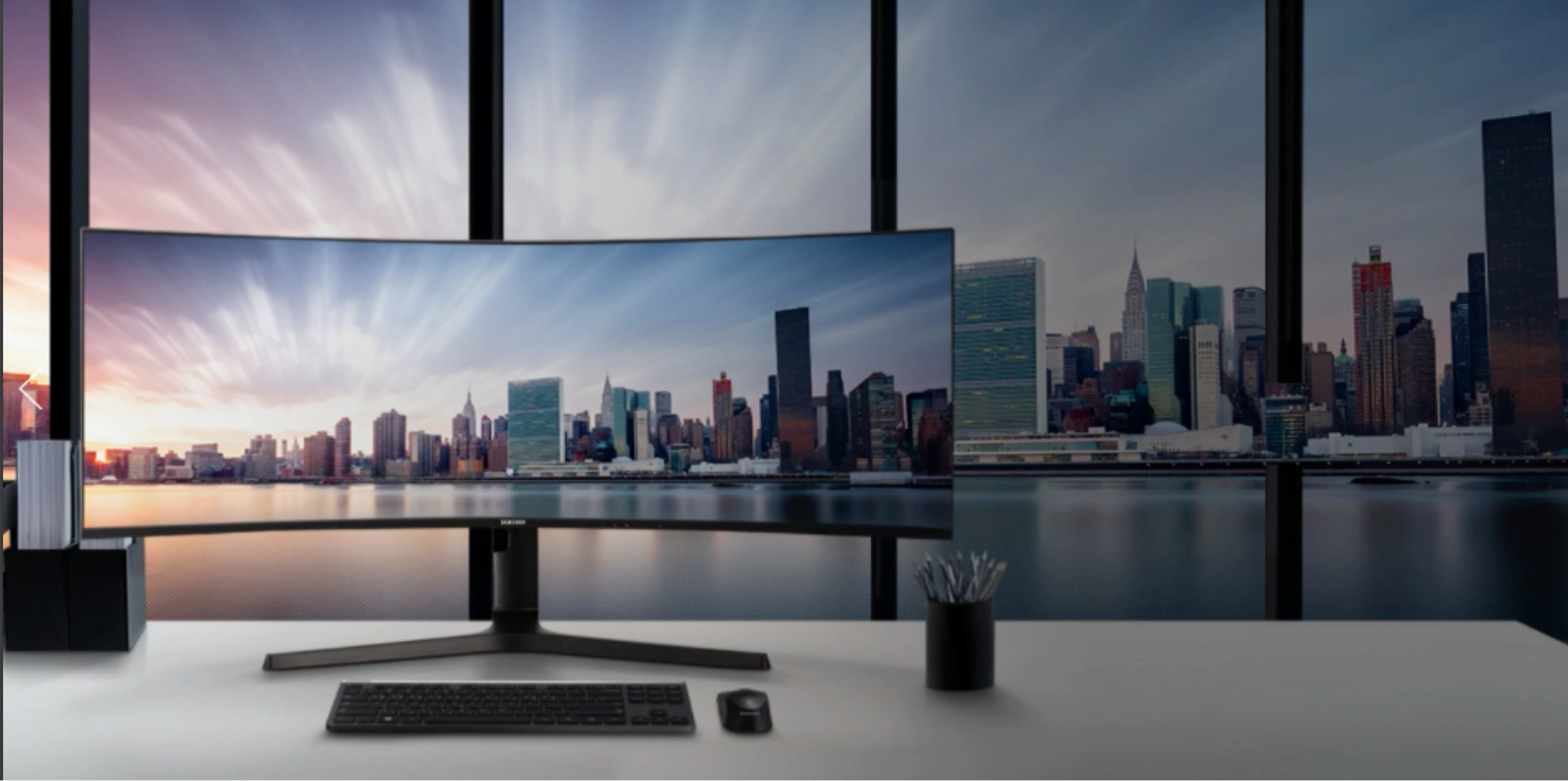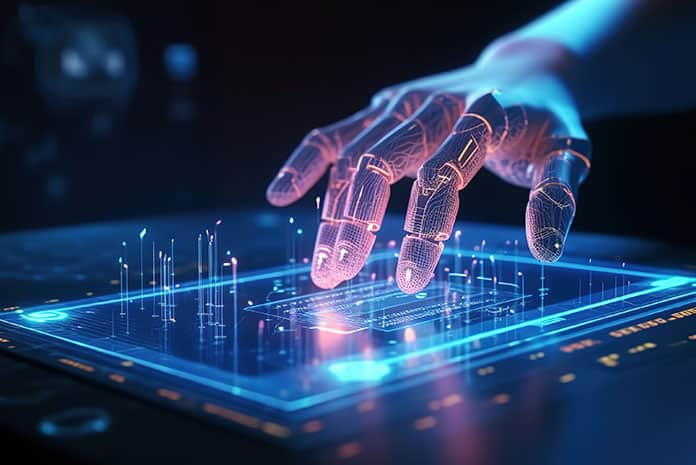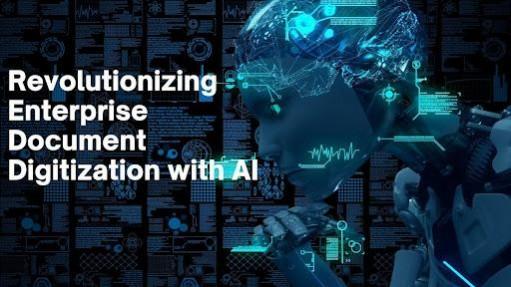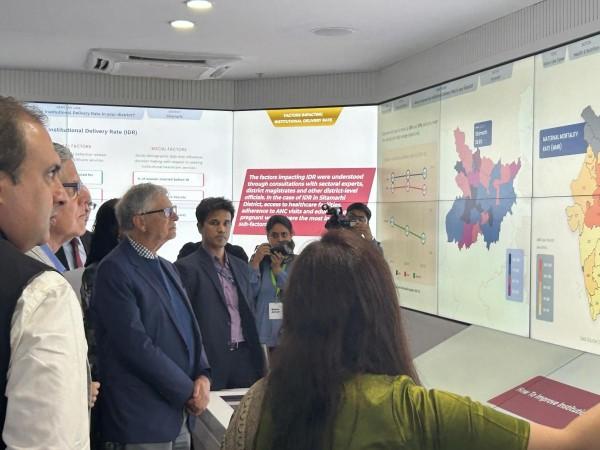Tech Mahindra announced an expanded long-term strategic partnership with Google Cloud to boost the adoption of Artificial Intelligence (AI) and lead digital transformation for enterprises globally. The partnership will enable Tech Mahindra to help enterprises worldwide achieve agility, scalability, and sustainable growth through cutting-edge technologies.
The partnership will combine Tech Mahindra’s deep domain expertise with Google Cloud’s powerful AI capabilities, including Google’s Gemini models, AI development platform, and agentic AI technology to develop industry-specific solutions for sectors such as communications, healthcare and life sciences, manufacturing, automotive, retail, and financial services. Together, Tech Mahindra and Google Cloud will help enterprises modernise their infrastructure and data architecture while optimising the return on investment from their AI-powered cloud solutions.
Atul Soneja, Chief Operating Officer, Tech Mahindra, said, “AI’s promise is undeniable, yet enterprises face significant challenges in its adoption, from ensuring compliance to driving tangible outcomes. Our expanded partnership with Google Cloud reinforces our commitment to scaling AI adoption responsibly by co-creating tailored solutions powered by Agentic AI. These solutions will empower businesses to navigate operational complexities, enhance efficiency, and unlock new growth opportunities while adhering to evolving regulatory standards.”
Through the enhanced partnership, both organisations will help enterprises realise the full potential of AI for business transformation and growth. The partnership will accelerate the time-to-market for new AI-driven solutions, providing customers with early access to emerging technologies. Additionally, Tech Mahindra has made substantial investments in talent upskilling and advanced delivery capabilities to enhance its partnership with Google Cloud.
Kevin Ichhpurani, President, Global Partner Ecosystem & Channels, Google Cloud, said, “Maximising value from AI investments requires two things: advanced agent-building technology and deep industry expertise. Our partnership with Tech Mahindra will provide customers with the managed services needed to successfully build and deploy AI agents with Google Cloud’s leading AI development platform.”
The expanded partnership with Google Cloud further strengthens Tech Mahindra’s position as a leading provider of innovative AI and cloud solutions, ensuring efficient solution deployment while maximising the resources available. To support this, Tech Mahindra has established dedicated delivery centres in Guadalajara and Mexico. These centres focus on providing Google Cloud-centric solutions and assisting customers in modernising their infrastructure. Tech Mahindra is a premier systems integrator Google Cloud Partner with 2000+ certified resources and 10,000+ trained engineers deployed across 75+ programs globally.


